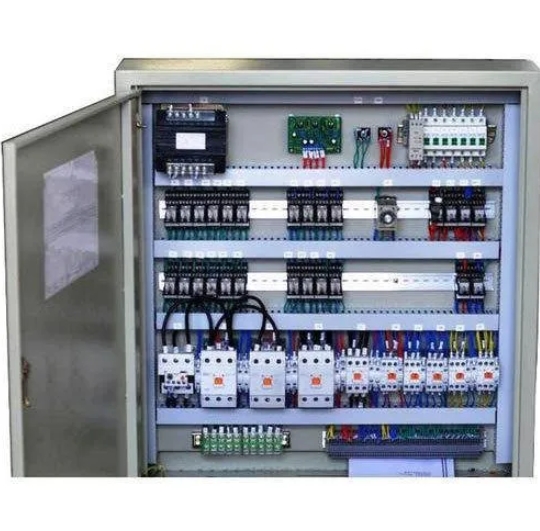
When it comes to electrical systems, switches and circuit breakers play crucial roles in ensuring safety and controlling the flow of electricity. While they may seem similar at first glance, there are significant differences between these two devices. In this article, we will delve into the intricacies of switches and circuit breakers, exploring their functions, mechanisms, and applications.
- Function:
A switch is a simple device that allows or interrupts the flow of electrical current in a circuit. It acts as a control mechanism, enabling users to turn on or off the power supply to a specific electrical device or group of devices. On the other hand, a circuit breaker serves as a protective device that automatically interrupts the electrical current when it exceeds safe levels. Its primary function is to prevent electrical overloads, short circuits, and potential fire hazards. - Mechanism:
Switches operate through manual or automatic means. Manual switches, such as toggle switches or push-button switches, require physical interaction to change the state of the circuit. Automatic switches, like motion sensors or light-sensitive switches, respond to external stimuli to control the circuit. In contrast, circuit breakers are designed to detect abnormal electrical conditions. They consist of a bimetallic strip or an electromagnet that trips the breaker when excessive current flows through the circuit, effectively cutting off the power supply. - Applications:
Switches find applications in various electrical systems, from residential homes to industrial settings. They are commonly used to control lighting fixtures, fans, appliances, and other electrical devices. Circuit breakers, on the other hand, are primarily employed in electrical distribution panels, protecting circuits and electrical equipment from damage caused by overcurrents. They are essential components in residential, commercial, and industrial buildings, ensuring the safety and reliability of electrical systems. - Safety Features:
Switches generally do not have built-in safety features, as their primary purpose is to control the flow of electricity. However, circuit breakers are equipped with safety mechanisms to prevent electrical hazards. They can be manually reset after tripping, allowing for the restoration of power once the issue is resolved. Additionally, modern circuit breakers often incorporate advanced technologies, such as ground fault circuit interrupters (GFCIs) and arc fault circuit interrupters (AFCIs), which provide enhanced protection against electric shocks and fire risks.
In conclusion, while switches and circuit breakers both play vital roles in electrical systems, they serve distinct functions. Switches act as control devices, allowing users to turn on or off the power supply to specific circuits, while circuit breakers serve as protective devices, interrupting the flow of electricity when abnormal conditions occur. Understanding the differences between these devices is crucial for maintaining electrical safety and ensuring the efficient operation of electrical systems.



